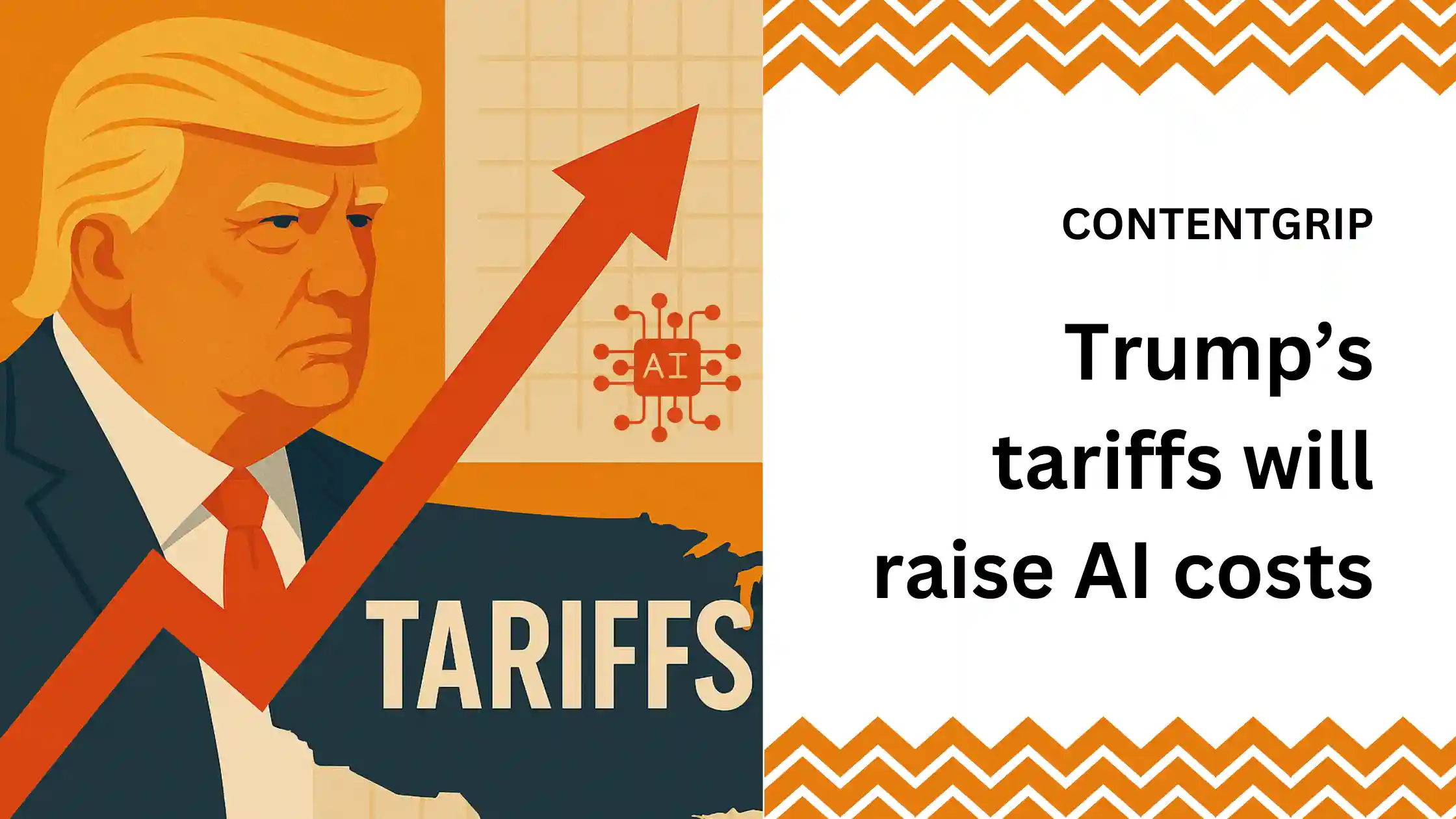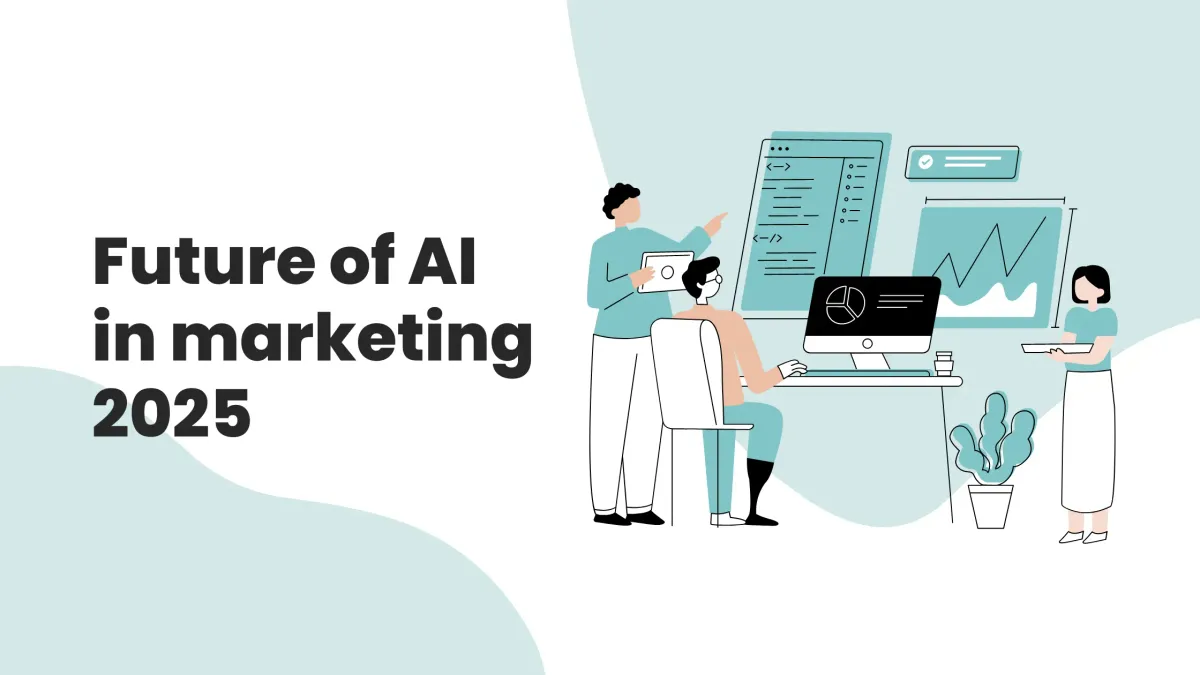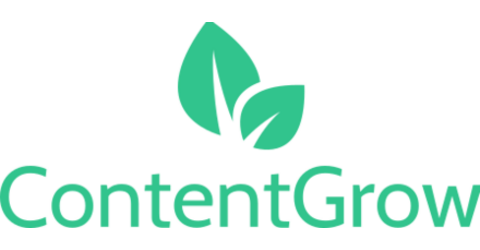Trump’s tariffs will raise AI costs—here’s why marketers should care
As tariffs hit AI infrastructure, marketers face rising costs and shifting global strategies.

Higher infrastructure costs are coming for marketers.
Marketers betting big on AI should brace for turbulence—but not the kind that slows innovation. President Trump’s newly proposed tariffs may not touch semiconductors directly, but they’re hitting nearly every other piece of the AI stack: server components, cloud infrastructure, and data center hardware.
The result? Everything powering generative models—from GPUs to regional deployment capacity—is about to get more expensive. And yet, adoption is likely to accelerate. In this new AI economy, cost inflation may actually reinforce the value of AI, not erode it.
This article breaks down how Trump’s trade moves will affect global marketing strategy, talent composition at agencies, and why AI localization might be the next big play.
Short on time?
Here’s a table of contents for quick access:
- Agencies rebalance talent as infrastructure costs rise
- Tariffs make AI harder to scale—but more inevitable
- Local AI models get a boost from national interests
- Cost spikes could stall AI hardware innovation
- What marketers should know
- Looking for recommended AI marketing tools?

Agencies rebalance talent as infrastructure costs rise
Tariffs on Taiwan (32%) and South Korea (25%) may spare semiconductors for now, but surrounding components—substrates, server parts, cooling materials—are all on the hook. And that puts pressure on the marketing layer above them.
Agencies don’t own the AI infrastructure. They lease it. Whether through OpenAI, Google, or enterprise licenses, costs for fine-tuning, prompt volume, and model usage are set to climb. And with generative output deeply embedded in campaign production, agencies need to rethink how their talent aligns with what AI can (and should) do.
“This means agencies won’t slash talent en masse but will be forced to rebalance,” said Jason Snyder, Chief Technology Officer at Momentum Worldwide. “Creative technologists, prompt engineers, AI art directors—those roles are growing. Traditional volume-based production roles for repetitive editing, resizing, formatting—those will taper off.”
Monk’s Chief Innovation Officer Henry Cowling echoed this, noting that “the general pattern in our industry because of AI is to hire fewer people—and that pattern is speeding up.”
Tariffs make AI harder to scale—but more inevitable
AI's cost curve is being bent upward at the worst possible moment. Cloud providers and AI model platforms are already grappling with demand spikes. Now, with tariffs raising operational costs, those platforms will likely pass the increases down to users.
Expect pricing model shifts, more aggressive tiering, and steeper costs for custom models or high-output usage.
But will this deter marketers? Not likely. The psychology of scarcity kicks in here.
“Scarcity always fuels demand,” Snyder said. “The irony here is by making interest infrastructure more expensive, tariffs validate the value of AI. If companies are willing to pay more to access compute and GPU, it means that AI is essential, not optional.”
In short, higher prices may not suppress AI use. They’ll filter out lower-value use cases and accelerate investment in high-return AI strategies.

Local AI models get a boost from national interests
Trump’s protectionist stance could end up driving one of the biggest structural shifts in AI: regionalization.
From sovereign cloud mandates to the rise of country-specific language models, brands and platforms are increasingly being nudged toward local deployment. Tariffs only accelerate this. If building in-country becomes cheaper or less geopolitically risky than relying on global providers, more companies will localize.
“For global brands, that changes everything—from how you deploy creative to how you comply with local data laws,” said Snyder.
Cowling added: “The ability for brands to own and control their own models is a pertinent thing coming out of this.”
Expect a surge in regional model development and more partnerships with domestic AI providers as governments and brands chase sovereignty and speed.
Cost spikes could stall AI hardware innovation
While marketing applications of AI are racing ahead, the physical infrastructure underneath is still catching up. And it just hit a wall.
Apple, Meta, and other hardware-heavy players are banking on AI as a selling point—from on-device processing to AI-enhanced wearables. But if tariffs drive up costs of building this infrastructure, it could delay rollouts or shrink margins even further.
“Simply put, scaling up AI is about to get even more expensive and harder to justify,” said Jacob Bourne, Analyst at eMarketer.
The ripple effect? Innovation might shift away from hardware toward software optimization, as developers seek efficiency gains that don’t require more computation.
What marketers should know
Tariffs are political—but the fallout is strategic. Here’s how to plan:
1. Reassess your AI cost structure
Expect rising costs for tools and services you use today. Audit AI-dependent platforms and prepare for revised pricing plans, especially for high-output or custom model access.
2. Invest in hybrid AI workflows
Offset rising costs by blending automated and human workflows more intelligently. Prompt engineering and custom fine-tuning can squeeze more out of AI without needing more compute.
3. Get serious about regional strategy
AI's cross-border scalability is fading. Think about model localization, regional compliance, and culturally nuanced content for each major market you serve.
4. Stay ahead of vendor shifts
Watch how major platforms react—if OpenAI, Meta, or Anthropic start building or licensing local models, early adoption may give you a strategic edge.
Looking for recommended AI marketing tools?
Here are some articles that explore recommended AI marketing tools for you to try:
- Top 50 AI marketing tools in 2024
- AI marketing tools for content creation: reviews and comparisons
- Top 12 AI marketing tools for photo and video editing: a comprehensive review
- Best AI-powered tools for SEO: an in-depth comparison
- AI marketing tools for social media marketing: reviews and comparisons
- Top 10 AI marketing tools for email marketing: reviews and comparisons
- 12 AI marketing tools for marketers: analytics and reporting made easy
This post is created by ContentGrow, providing scalable and tailored content creation services for B2B brands and publishers worldwide. Book a discovery call to learn more.





